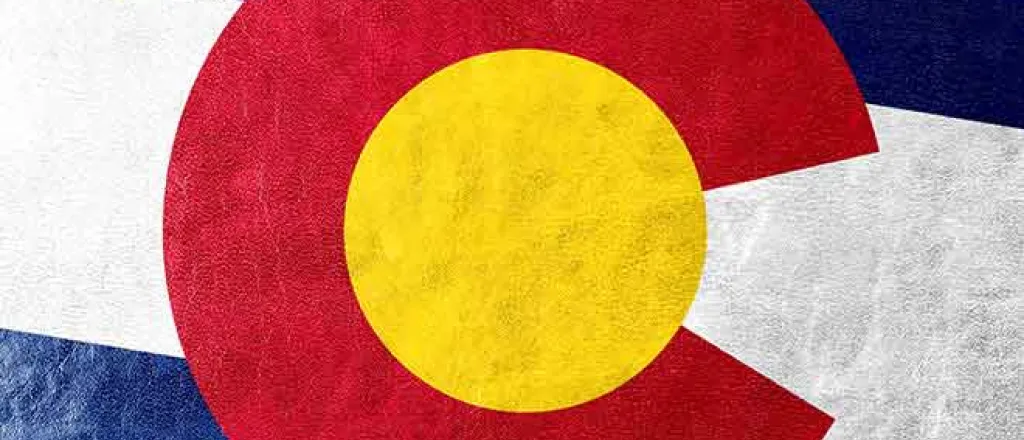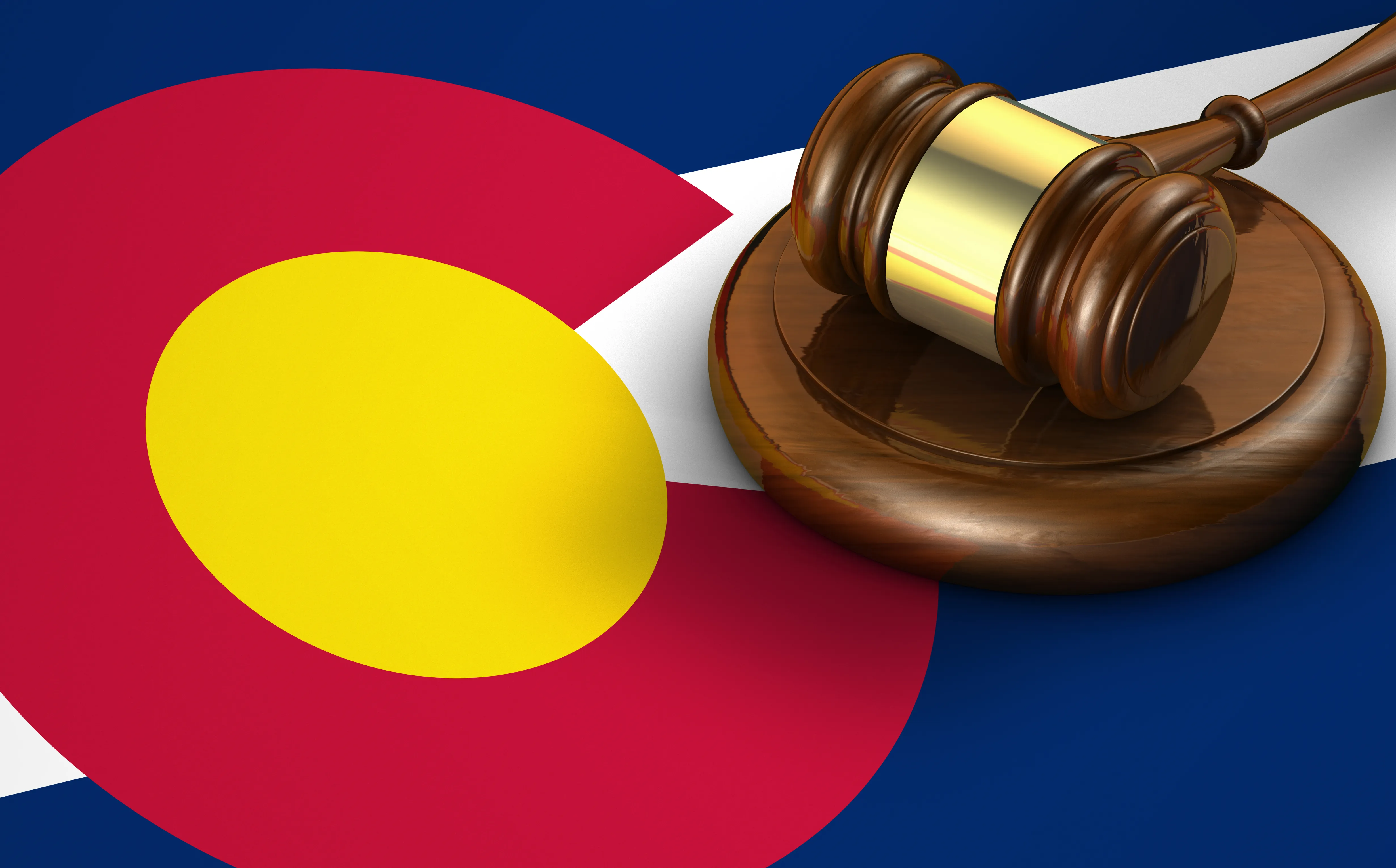
Do you have ideas about redistricting in Colorado? Commission seeks public comments
The Colorado Independent Redistricting Commission’s staff are accepting public comments that will be used to shape preliminary maps.
The Colorado constitution specifies a period of 20 days, beginning when each commission convenes, for members of the public to submit written comments to nonpartisan staff on communities of interest and the creation of preliminary plans. However, due to delays in the receipt of US Census data, staff's schedule for preparing these plans will not match the constitutional deadlines, and public comment for the preliminary plans will continue to be accepted until they are completed.
The Independent Congressional Redistricting Commission convened March 15, 2021, and the Independent Legislative Redistricting Commission will convene by March 30, 2021.
How to submit public comment:
- Use the web form.
- Email colorado.redistricting2020@state.co.us.
- Prepare a map of your community using a free web program and submit it as an attachment on the web form. (We recommend Representable for drawing communities of interest and Dave's Redistricting for drawing full maps. But you can use any program!)
- Send mail to: Colorado Independent Redistricting Commissions, 1580 Logan St, Suite 430, Denver, CO 80203
The commission is particularly interested in learning about your communities of interest. The Colorado Constitution uses the same definition of “community of interest” for congressional and legislative redistricting. For the congressional commission, this can be found at Section 44 (3)(b), Article V. The equivalent language for the legislative commission is at Section 46 (3)(b) and noted in brackets below:
(I) "Community of interest" means any group in Colorado that shares one or more substantial interests that may be the subject of federal [or state] legislative action, is composed of a reasonably proximate population, and thus should be considered for inclusion within a single district for purposes of ensuring its fair and effective representation.
(II) Such interests include but are not limited to matters reflecting:
(A) Shared public policy concerns of urban, rural, agricultural, industrial, or trade areas; and
(B) Shared public policy concerns such as education, employment, environment, public health, transportation, water needs and supplies, and issues of demonstrable regional significance.
(III) Groups that may comprise a community of interest include racial, ethnic, and language minority groups, subject to compliance with subsections (1)(b) and (4)(b) of section 44.3 [or 48.1] of this article V, which subsections protect against the denial or abridgement of the right to vote due to a person's race or language minority group.
(IV) "Community of interest" does not include relationships with political parties, incumbents, or political candidates.
Here are some questions to get you started:
- What shared interests unite your community?
- What are your community’s public policy concerns?
- What geographic areas or features are important to your community?
- What else should the commissions know about your community?
Note that all comments submitted to the redistricting commissions and staff are public records under Colorado law and will be published on the commissions’ website, subject to staff moderation for relevance and inappropriate content.
















